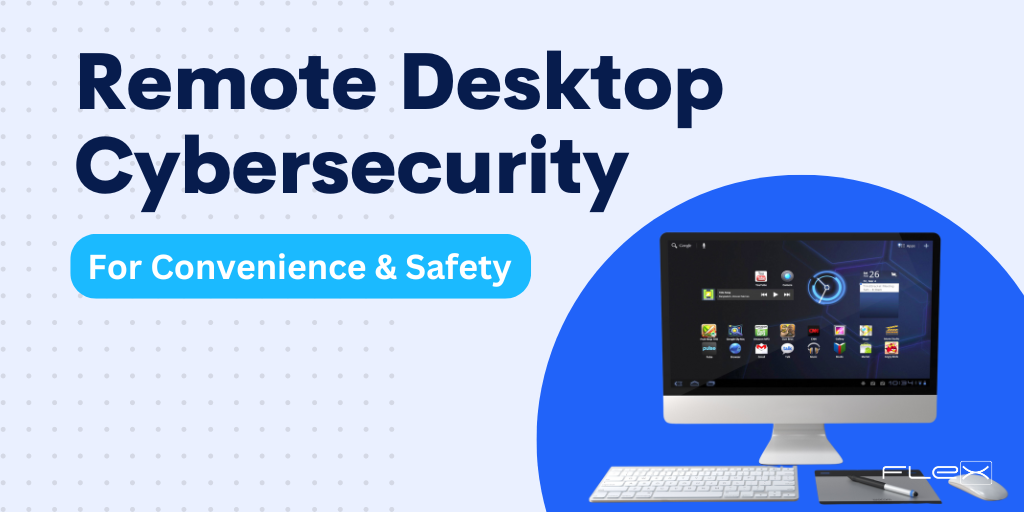Annual Cybersecurity Checklist for Credit Unions
According to one recent study, data breaches in the United States end up costing nearly twice as much as the global average as of 2022. Not only that but it has been estimated that human error accounts for roughly 95% of all cyberattacks worldwide.
Statistics like these illustrate why it is so important for credit union professionals to maintain peak performance at all times, particularly when it comes to cybersecurity. But while the situation may be intimidating, the approach to mitigating risk is anything but that. Provided that you take a few straightforward, practical steps, you'll be able to fortify your defenses as much as possible. This is true even in the wake of the ever-evolving cyber threats we collectively face.
.png?width=1024&height=512&name=Template%20%234%20(11).png)
1. Stay Up-to-Date
Always keep all hardware and software up-to-date. This means that whenever a firmware update is available for hardware or a new version is available for the critical financial services software you're using, download and install it immediately. In addition to bringing new features, these updates often patch bugs and address vulnerabilities that hackers are constantly working to exploit.
2. Focus on Secure File-Sharing
These days, some type of file-sharing is expected in nearly every profession. But whatever solution you use must use both at-rest and in-transit encryption to keep important information safe at all times. Do not allow your credit union employees to share anything sensitive over regular email--this isn't enough to fend off a potential attack.
3. Encourage 2-factor Authentication for All
Keeping in line with the idea that human error makes up a significant percentage of cyberattacks, always encourage both employees and credit union members to use 2-factor authentication (2FA) whenever possible. This means that even if someone's password is compromised, an attacker still won't be able to get into their account without a second form of hardware-based authorization.
4. Educate Your Staff
Along the same lines, always train employees on all the latest cyber threats to help avoid human error leading to an accidental intrusion. If you expect your front-line employees not to fall victim to a phishing attempt, they need to know what one looks like. They need to know what to do if they get a suspicious email. All this involves proactive training on a regular basis. Do this not just once, but at least every year.
5. Reassess Your Incident Response Plan
Finally, understand that even though you might take every precaution to prevent your credit union from becoming a cyber attack victim, it may still happen one day. When that time comes, you need an incident response plan in place to know exactly what role every credit union employee plays, how to stop the damage, when notifications go out to members, and how to prevent it from happening again. If you don't already have an incident response plan, create one and update it on an annual basis to make sure it stays relevant.
Enhancing Credit Union Cybersecurity: Explore Tailored Solutions with FLEX
These are just a few of the cybersecurity best practices that a credit union must follow in order to provide the appropriate level of protection to members. It's always recommended that credit union professionals explore the most comprehensive cybersecurity solutions possible--ones that are tailored to their needs and that don't come at the expense of the easy, convenient, and innovative experience they're offering. FLEX has recently written a Security Services eGuide that outlines all this and more, which you can read by clicking the button below.

![Ultimate Guide to Cybersecurity Disaster Recovery [+ Checklist]](https://blog.flexcutech.com/hubfs/Blog%20Images/Ultimate%20Guide%20to%20Cybersecurity%20Disaster%20Recovery%20%5B+%20Checklist%5D.png)

